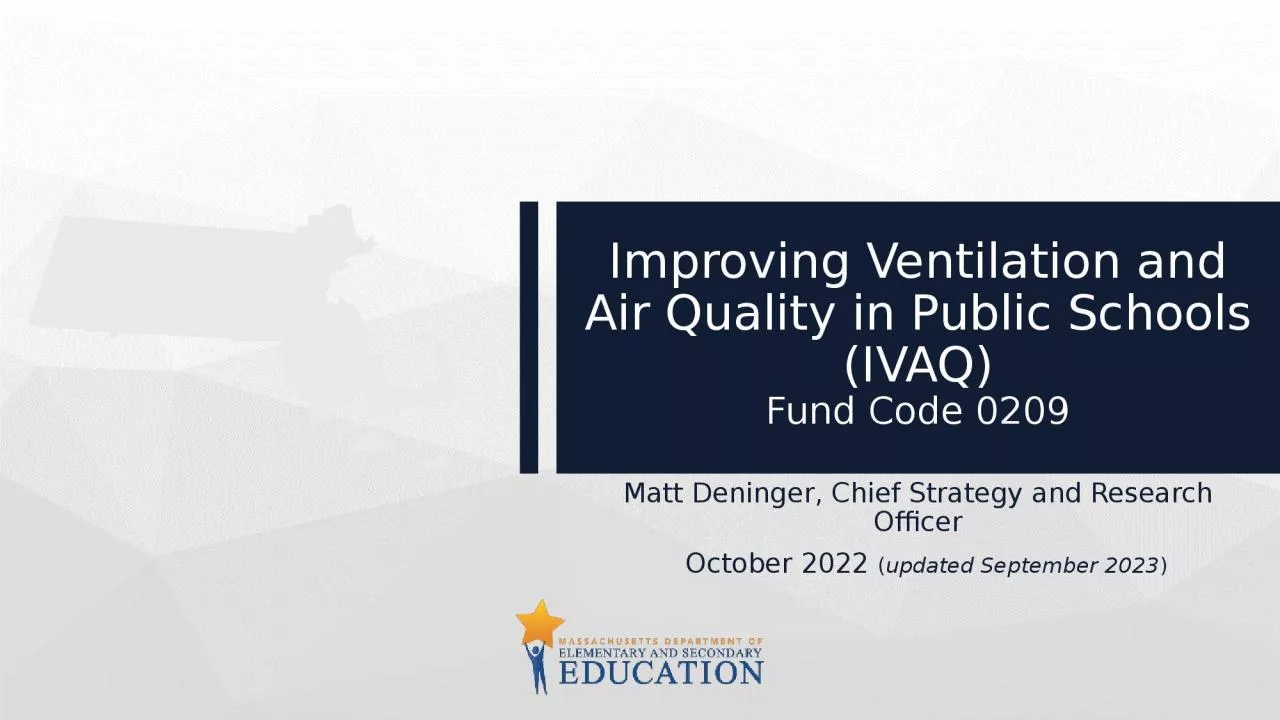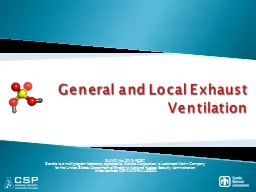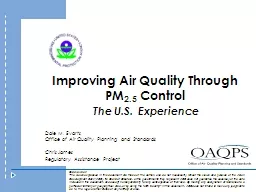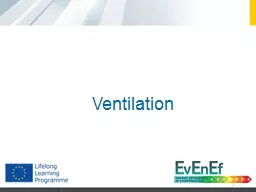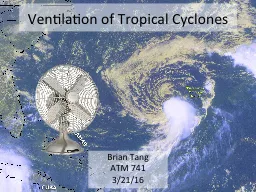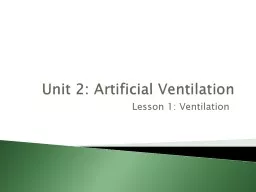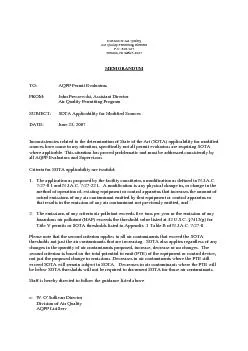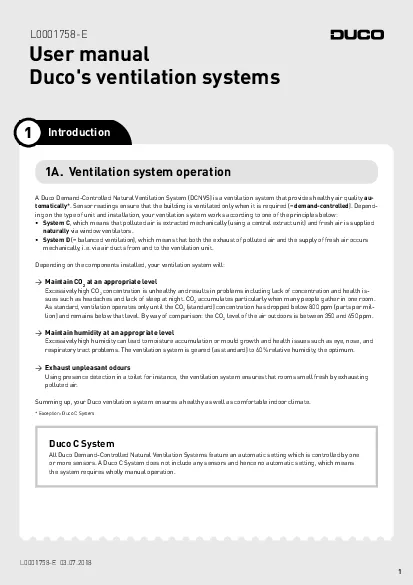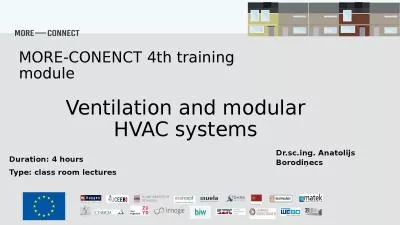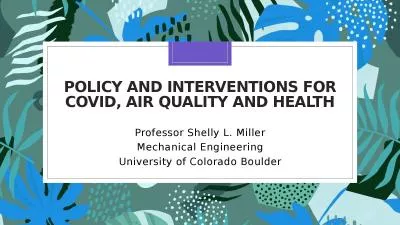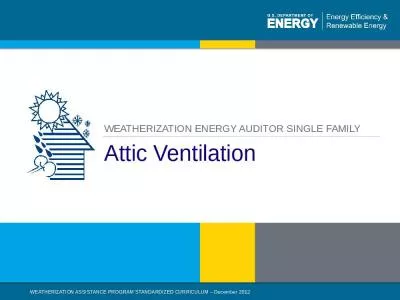PPT-Improving Ventilation and Air Quality in Public Schools (IVAQ)
Author : ash | Published Date : 2023-10-29
Fund Code 0209 Matt Deninger Chief Strategy and Research Officer October 2022 updated September 2023 Context The MA State Legislature received 4 billion in
Presentation Embed Code
Download Presentation
Download Presentation The PPT/PDF document "Improving Ventilation and Air Quality in..." is the property of its rightful owner. Permission is granted to download and print the materials on this website for personal, non-commercial use only, and to display it on your personal computer provided you do not modify the materials and that you retain all copyright notices contained in the materials. By downloading content from our website, you accept the terms of this agreement.
Improving Ventilation and Air Quality in Public Schools (IVAQ): Transcript
Download Rules Of Document
"Improving Ventilation and Air Quality in Public Schools (IVAQ)"The content belongs to its owner. You may download and print it for personal use, without modification, and keep all copyright notices. By downloading, you agree to these terms.
Related Documents

